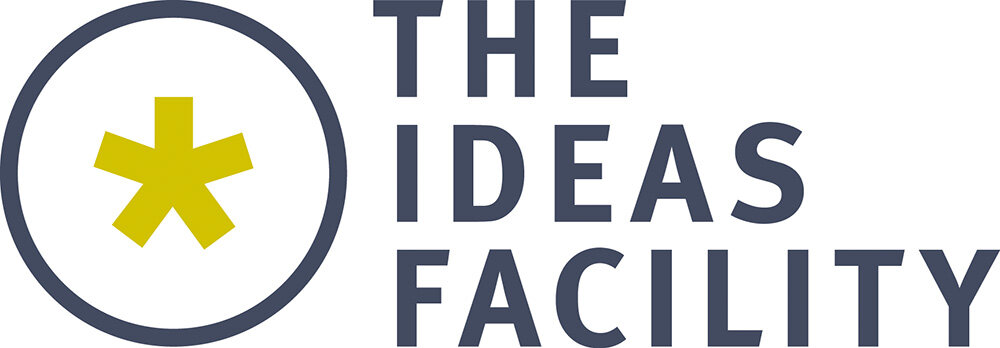Rising to the Challenge, the need for a collaborative service ecosystem
The Coronavirus has certainly given the world a new lens through which to view the world. No doubt there will be lots more ‘column inches’ written without this thought piece adding to the noise.
Whilst there have been a great many heroic acts in the face of adversity, this new lens has also brought issues into focus, around some of the things we have taken for granted and also things that may not be working so well.
With public resources stretched, there is now more than ever, a need to consider that services may be better delivered, if there is greater relationship between users and providers. However, it is not just about focusing on service efficiencies, or reducing costs. We need to place the user at the heart of the challenge and create an ecosystem, where both sides of the equation are addressed equally, so that individual services gel and become more seamless, based on addressing real insight.
At the core of this equation, lies the requirement to do things differently. Service design is not enough. It requires an appetite for inquiry, led by analysing what needs to change. This demands that designers and deliverers listen to citizens, users and consumers, to really understand their life challenges.
In her book ‘Radical Help’ Hilary Cottam suggests: “The question is not how can we fix these services, but rather, as I stand beside you, how can I support you to create change. The search is for root causes: what is causing the problem and how can we address this underlying issue? And the emphasis is not on managing need but on creating capability: on addressing both the internal feelings and the external structural realities that hold us back.”
We are working alongside the ‘Collaborative Network’ in Stoke-on-Trent, North Staffordshire on their journey in creating this ecosystem. With over 30 organisations including the public and private sectors, Universities – as well as the ‘third sector’, the network is creating opportunities for ‘listening’. Initiatives such as a monthly Community Meal, hosted at the YMCA in North Staffordshire, is part of a range of opportunities where people can voice their issues in the company of friends and people from organisations, who are willing to walk alongside them to initiate change by thinking differently and trying out new things outside ‘structural reality.’
This network feels like a ‘Movement’, in that through an invitation and an openness for all to participate, confidence and creativity thrives. A sense of community grows, relationships are formed, and health and vitality are evident. Opportunities for learning and work develop too. At the core of this, is an Asset-Based approach, where positive impacts become evident because all the ‘agencies’ within the network are creating an ecosystem, where the inter-relationships are building broader capabilities to drive social change.
This network has been growing over a period of years. It is not a response to Coronavirus, and the organisations collaborating together recognise that Social design using Asset Based Community approaches takes time – not least, because the narrative is often around the deficits in society.
What can organisations take away
Before we can address the root causes, we need to change the conversation to include more phrases like ‘Yes, and…’, rather than ‘No, but…’
Let’s start with ‘How might we…’
Interested in developing a Design Thinking led approach?
Let’s start that conversation.
Contact: glenn@theideasfacility.com
Visit our website to see what our clients say about how us.

